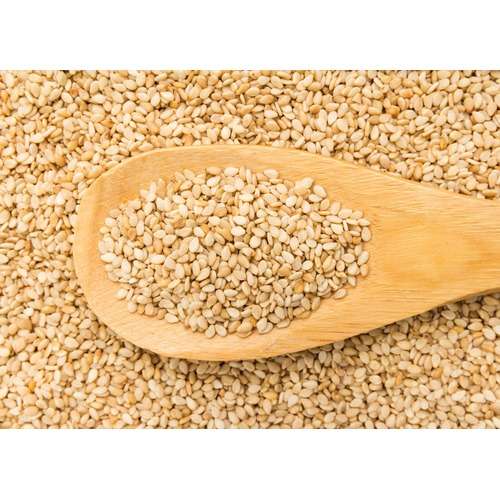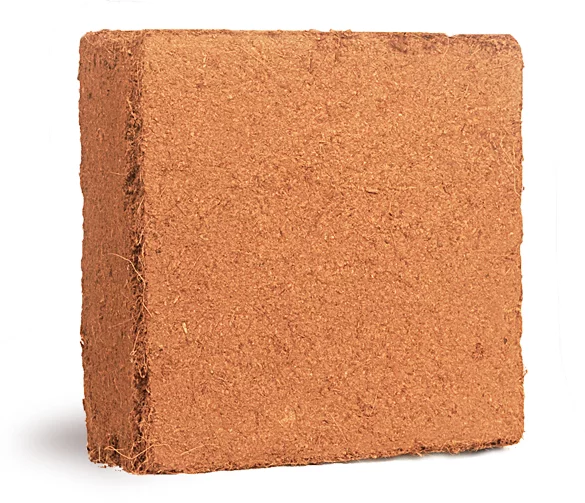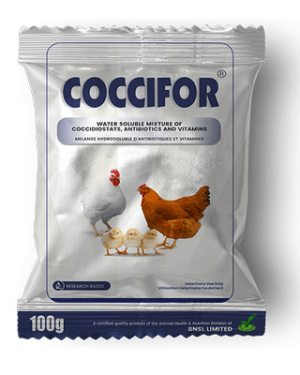Ex-Sudan Sesame Seed | 5kg
₦25,000.00
Ex-Sudan Sesame Seed is a high-yielding, drought-tolerant, and disease-resistant variety that offers numerous benefits to farmers. Its adaptability to different growing conditions and its high oil content make it a valuable crop for both food security and economic development. Proper agronomic practices and timely management are key to unlocking its full potential.
Description
Ex-Sudan Sesame Seed | 5kg is a popular sesame seed variety known for its high yield, quality, and adaptability. This variety is often preferred for its robust characteristics that make it suitable for various growing conditions. Here is a detailed overview of its features and benefits:
Key Characteristics of Ex-Sudan Sesame Seed | 5kg:
- High Yield Potential
- This makes it an attractive choice for farmers looking to maximize their production and profitability.
- Oil Content
- Quality Seeds: The high oil content makes it valuable for oil extraction and various culinary uses.
- Disease and Pest Resistance
- Healthier Crops: Ex Sudan sesame is resistant to many common diseases and pests that affect sesame plants. This resistance helps in reducing the need for chemical treatments, lowering production costs, and minimizing environmental impact.
- Drought Tolerance
- Resilience: This variety exhibits good drought tolerance, making it suitable for cultivation in arid and semi-arid regions. It can thrive in conditions with limited water availability.
- Adaptability
- Versatility: The Ex Sudan variety is adaptable to different soil types and climatic conditions.
- Maturity Period
- Growth Cycle: The variety typically matures in about 90-120 days, allowing for timely harvesting and the possibility of multiple cropping cycles in a year.
Agronomic Practices of Ex-Sudan Sesame Seed:
- Planting
- Optimal Time: Planting should be done at the onset of the rainy season to ensure adequate moisture for germination and growth. Proper seed spacing and planting depth are essential for optimal plant development.
- Spacing: Recommended spacing is about 30-45 cm between rows and 10-15 cm between plants within a row. This helps in the efficient use of nutrients and sunlight.
- Fertilization
- Soil Fertility: Applying appropriate fertilizers, particularly nitrogen, phosphorus, and potassium, can enhance growth and yield. Soil testing before planting can help determine specific nutrient needs.
- Weed Management
- Control: Regular weeding is necessary to prevent competition for resources. Mechanical weeding or the use of pre-emergence herbicides can be effective.
- Pest and Disease Management
- Monitoring: Regular monitoring for pests and diseases is important. Integrated pest management (IPM) practices, including biological control and resistant varieties, can help manage pest populations.
- Harvesting
- Proper timing ensures maximum yield and reduces post-harvest losses.
- Post-Harvest Handling: Proper drying and storage are crucial to prevent mold growth and seed deterioration.
Additional information
| Weight | 12.5 kg |
|---|








Reviews
There are no reviews yet